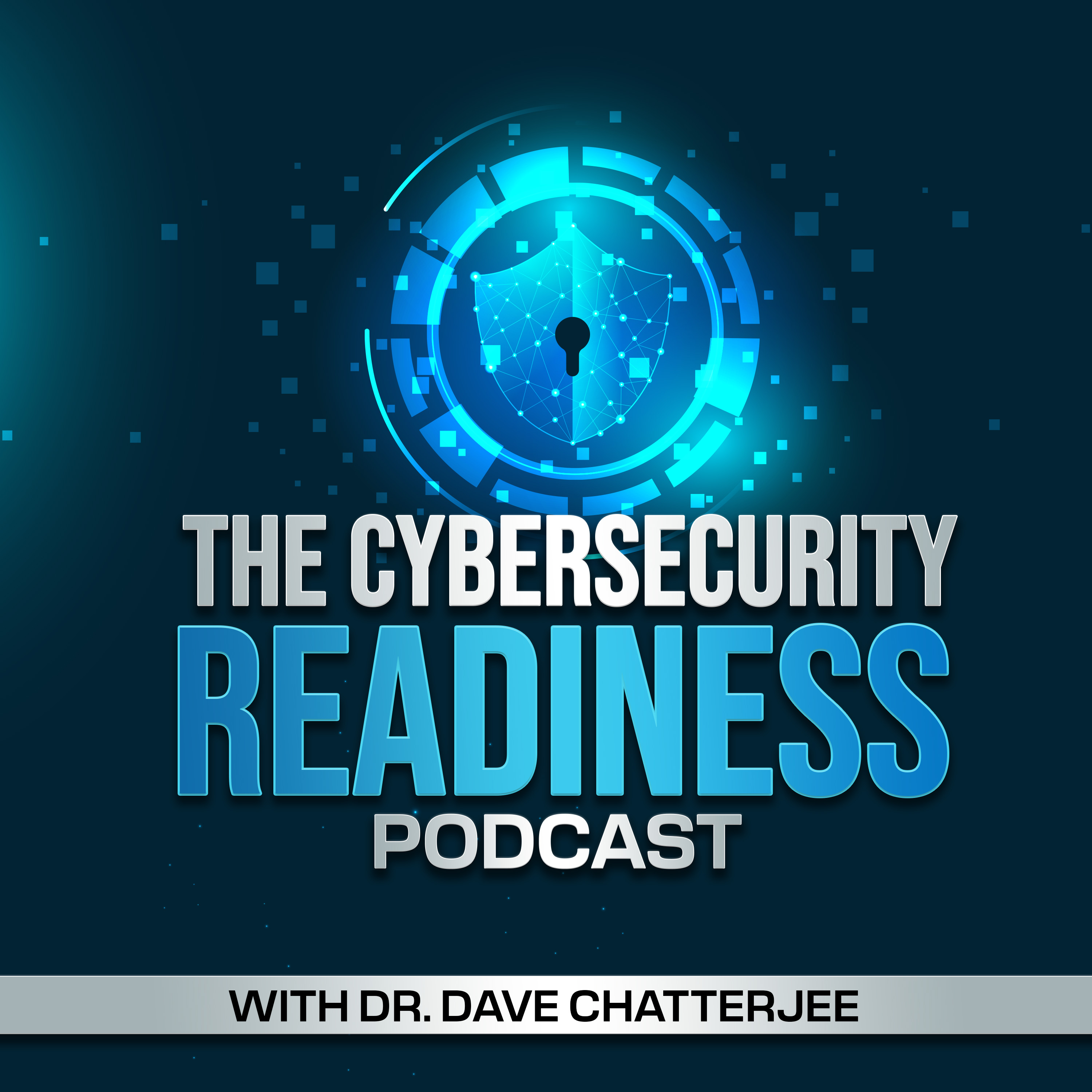Securing Artificial Intelligence (AI) Applications
Description
As artificial intelligence (AI) technologies continue to evolve and be leveraged, organizations need to make a concerted effort to safeguard their AI models and related data from different types of cyber-attacks and threats. Chris Sestito (Tito), Co-Founder and CEO of Hidden Layer, shares his thoughts and insights on the vulnerabilities of AI technologies and how best to secure AI applications.
Time Stamps
00:02 -- Introduction
01:48 -- Guest's Professional Highlights
03:55 -- AI is both a cure and a disease
04:49 -- Vulnerabilities of AI
07:01 -- Hallucination Abuse
10:27 -- Recommendations to secure AI applications
13:03 -- Identifying Reputable AI security experts
15:33 -- Getting Rid of AI Ethics Teams
19:18 -- Top Management Involvement and Commitment
Memorable Chris Sestito Quotes/Statements
"Artificial intelligence systems are becoming single points of failure in some cases."
"AI happens to be the fastest deployed and adopted technology we've ever seen. And that sort of imbalance of how vulnerable it is and how fast it's getting out into the world, into our hardware and software, is really concerning."
"When I talk about artificial intelligence being vulnerable, it's vulnerable in a bunch of ways; it's vulnerable at a code level, it's vulnerable at inference time, or essentially, at real time when it's making decisions, It's vulnerable at the input and output stages with the users and customers and the public interacting with your models, it's vulnerable over networks, it's vulnerable at a generative level, such as writing vulnerable code."
"Hallucination abuse would be the threat actor trying to manage and manipulate the scope of those hallucinations to basically curate desired outcomes."
"We should be holding artificial intelligence to the same standards that we hold other technologies."
"The last thing we want to do is slow down innovation, right? We want to be responsible here, but we don't want to stop advancing, especially when other entities that we can be competing against, whether that's in a corporate scenario, or a geopolitical one, we don't want to handcuff ourselves."
"If we're providing inputs and outputs to our models to our customers, they're just as available to threat actors. And we need to see how they're interacting with them."
"If you're bringing a pre trained model, and and you're going to further train it to your use case, scan it, use the solution to understand if there is code where it doesn't belong."
"If we're providing inputs and outputs to our models to our customers, they're just as available to threat actors. And we need to see how they're interacting with them."
"Red teaming models is a wonderful exercise but we also need to look at things that are a little bit more foundational to security before we get all the way to AI red teaming."
"The threats associated with artificial intelligence are the exact same threats that are associated with other technologies. And it's always people. It's always bad people who want to take advantage of the scenario and there's an enormous opportunity to do that right now."
Connect with Host Dr. Dave Chatterjee and Subscribe to the Podcast
Please subscribe to the podcast, so you don't miss any new episodes! And please leave the show a rating if you like what you hear. New episodes release every two weeks.
Connect with Dr. Chatterjee on these platforms:
LinkedIn: a href="https://www.linkedin.com/in/dchatte/" rel="noopener noreferrer"...
More Episodes
IBM recently reported a 71% year-over-year increase in attacks using valid credentials. This continued use of stolen credentials is also evident through ongoing public incidents like the string of attacks targeting Snowflake's customers that resulted in breaches at AT&T and Advanced Auto...
Published 11/20/24
Published 11/20/24
Accelerating into the cloud without caution often brings complexities that can cause more harm than good. Gartner has noted that cloud configuration errors cause 95% of cybersecurity breaches. With the rapid pace of cloud adoption, less time is spent ensuring systems are built and operated...
Published 11/01/24


